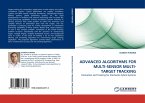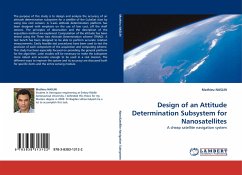With the emergence of unmanned robotic systems, there is a greater push for a robust and stable means of teleoperated control. Teleoperation is extremely useful in two major ways. First, a remotely control robot may be able to enter an environment which is dangerous or inhabitable by a human operator. This scenario pertains to autonomous vehicle or hazardous waste management applications. Secondly, robot manipulators are capable of detecting and compensating for environmental interactions and making more precise and consistent movements then their human counterparts. Transmission delays are an unavoidable part of remote communications which are typically compensated by adding compliance causing a deleterious effect on 'transparent' perception of the remote environment. Maintaining the stability of the overall teleoperation scheme at a minimal loss of performance is the basis of this text. It studies the application of a bilateral teleoperation framework using a nonlinear control and energy based stability theory to overcome these limitations.
Bitte wählen Sie Ihr Anliegen aus.
Rechnungen
Retourenschein anfordern
Bestellstatus
Storno








